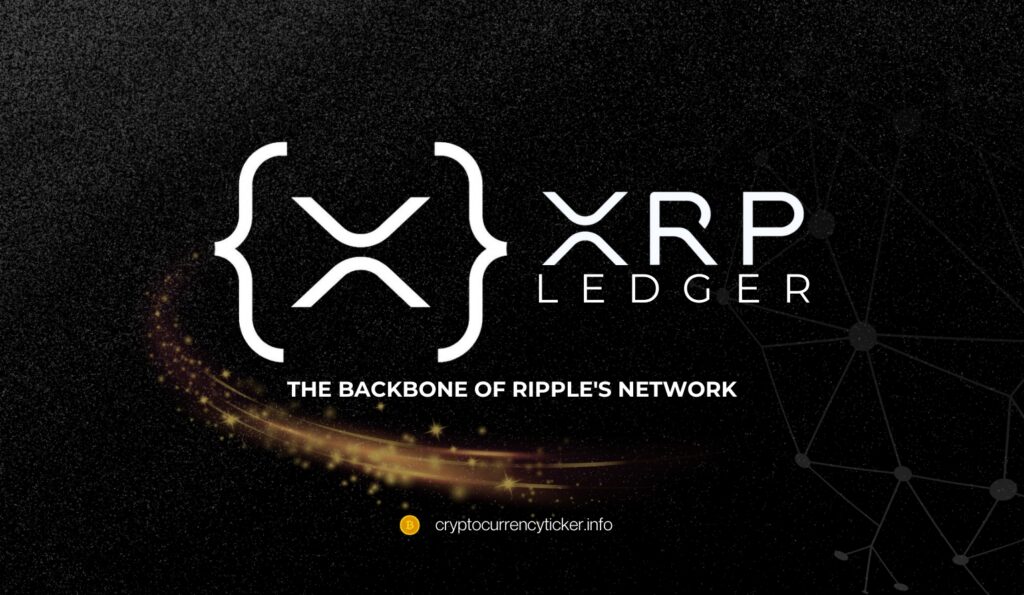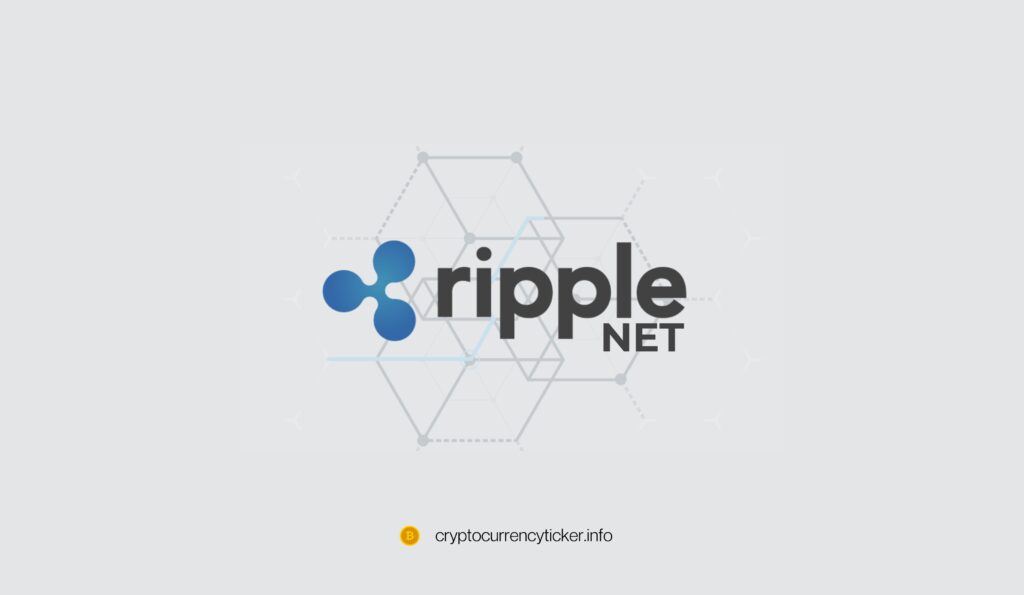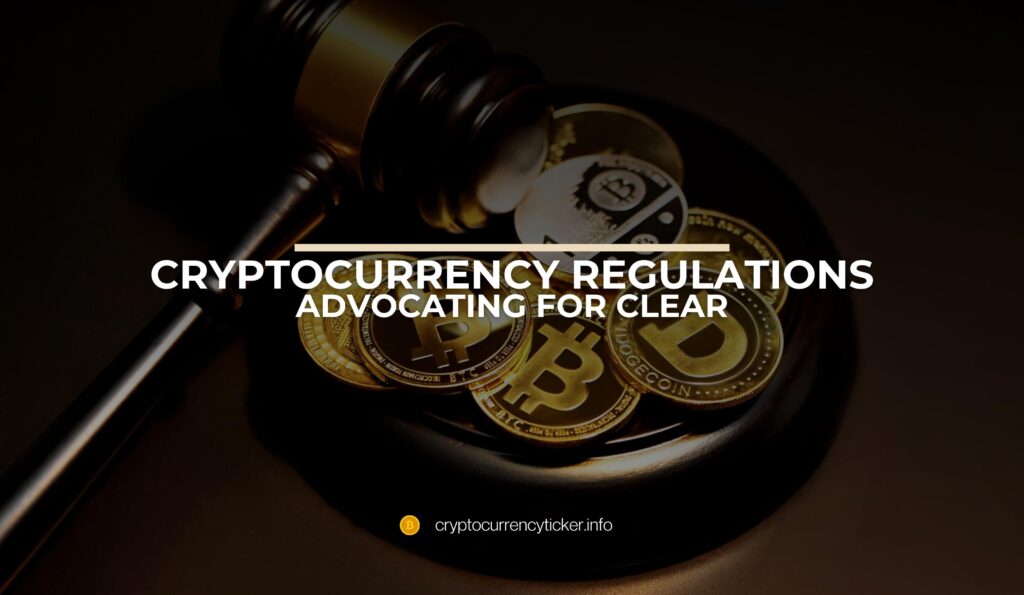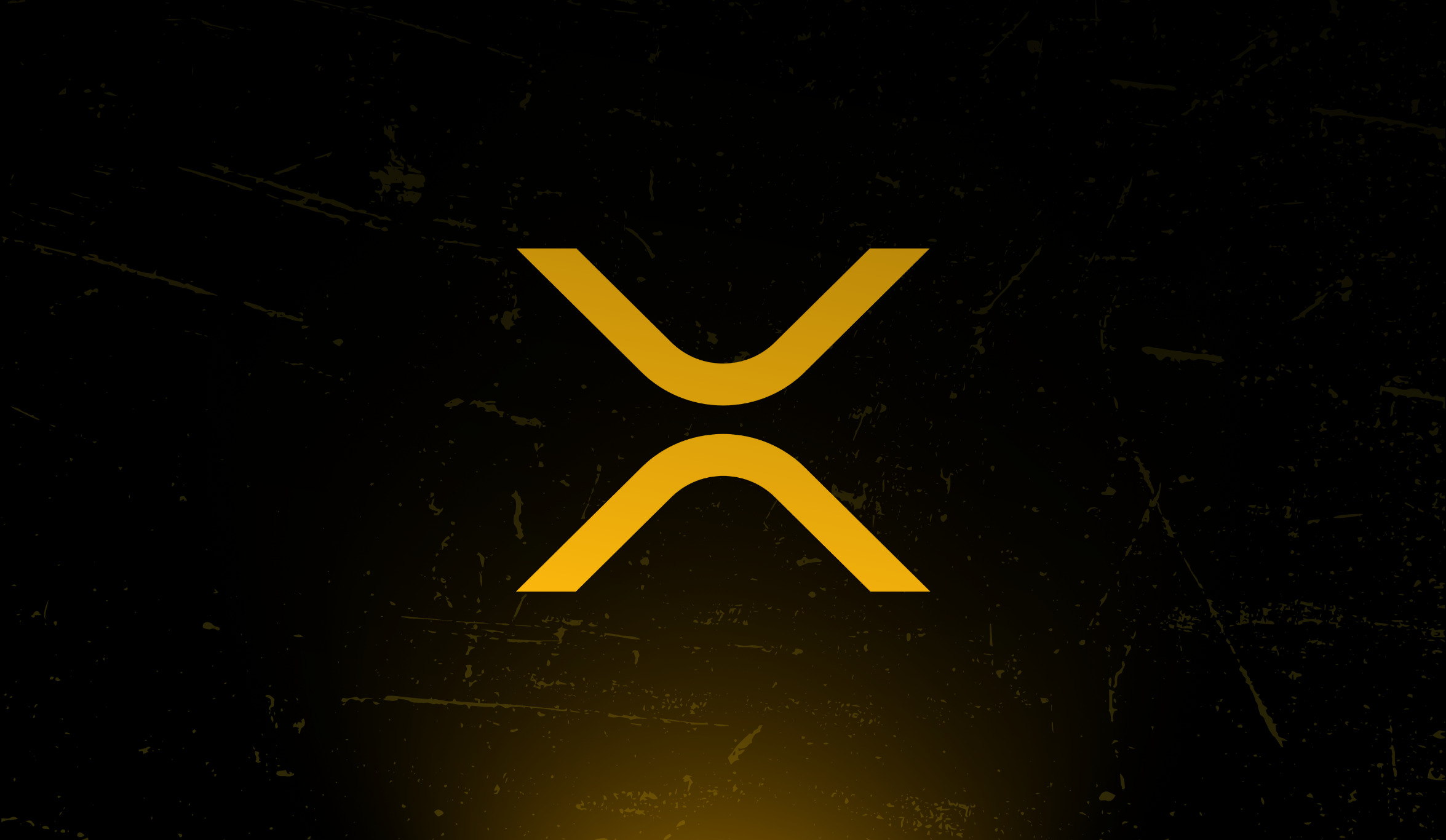In the ever-evolving landscape of cryptocurrencies, Ripple and its native digital currency, XRP, stand out for their unique approach and specific use cases. Ripple, a technology company founded in 2012, developed the Ripple payment protocol and exchange network, aiming to revolutionize how global financial transactions are conducted. XRP, the digital asset associated with Ripple, plays a pivotal role in this ecosystem, offering a means to facilitate rapid and cost-effective cross-border payments.
Ripple’s Emergence in the Crypto World
Ripple’s journey began as an endeavor to improve upon the limitations of traditional financial systems and existing cryptocurrencies like Bitcoin. The core idea was to enable instant, secure, and low-cost international money transfers. This vision quickly set Ripple apart in the crypto space, attracting attention from both financial institutions and individual investors.
XRP’s Functionality and Use Cases
XRP functions as a bridge currency in the Ripple network, enabling the seamless exchange of different currencies. This capability is particularly beneficial for banks and financial service providers, who can use XRP to settle cross-border transactions in real time, a significant improvement over the traditional system that can take days.
The efficiency of XRP comes from its consensus ledger technology, which does not require mining. This aspect not only makes transactions faster but also more energy-efficient compared to proof-of-work cryptocurrencies like Bitcoin. As a result, XRP transactions are processed in seconds and at a fraction of the cost.
| Year | 2023 |
|---|---|
| XRP | Cemented its position as a top cryptocurrency |
| Resilience and performance in market fluctuations | |
| Recent price increase following SEC’s motion | |
| Denial to appeal against Ripple | |
| Growing strength and investor confidence |
Ripple’s Collaborations and Integrations
Ripple has successfully forged partnerships with numerous financial institutions worldwide, leveraging XRP for efficient cross-border payments. These collaborations not only showcase the practical utility of XRP but also signify the growing acceptance of cryptocurrencies in mainstream finance.
Ripple’s Technology and Infrastructure
Ripple’s core technology is a blend of innovation and practicality, setting it apart from other cryptocurrencies. At the heart of Ripple’s ecosystem is the RippleNet, a decentralized global network of banks and payment providers utilizing Ripple’s advanced blockchain technology for instant, reliable, and cost-effective international transactions.
The Ripple Protocol Consensus Algorithm (RPCA)
Unlike Bitcoin’s proof-of-work mechanism, Ripple operates on a unique consensus protocol known as the Ripple Protocol Consensus Algorithm (RPCA). This system allows for quick and energy-efficient transaction validations. Every few seconds, RippleNet’s nodes come to a consensus on the order and validity of XRP transactions, ensuring security and trustworthiness without the extensive energy consumption and time delays associated with traditional mining.
XRP Ledger – The Backbone of Ripple’s Network

The XRP Ledger (XRPL) is an open-source blockchain protocol, supporting the issuance and transfer of digital assets, including XRP. Its primary function is to facilitate swift and cost-effective transactions. XRPL’s decentralized nature means that no single entity controls it, enhancing its security and reliability.
Ripple’s On-Demand Liquidity (ODL)
One of Ripple’s innovative services is the On-Demand Liquidity (ODL), which uses XRP as a bridge between two currencies, enabling instant and cheaper cross-border transactions. This service eliminates the need for pre-funding in destination currencies, freeing up capital and reducing operational costs for financial institutions.
Multi-Hop Payments
Ripple’s Multi-Hop feature allows financial institutions connected to RippleNet to settle payments on behalf of other institutions. This creates a seamless network of financial entities, enabling quicker and more efficient payment paths across multiple networks, even for banks and payment providers not directly connected to RippleNet.
Compliance and Security
- Ripple places a high emphasis on compliance and security.
- It integrates with the existing infrastructures of financial institutions.
- Ripple complies with international banking standards.
- Regular updates and improvements to the Ripple protocol are made to ensure enhanced security.
- The protocol is also designed for compatibility with evolving global financial regulations.
XRP’s Market Performance
2023 has been a significant year for XRP in terms of market performance, marked by notable fluctuations and key events influencing its value. Despite the volatile nature of the cryptocurrency market, XRP has shown resilience and adaptability, reflecting its strong position in the digital asset space.
Price Trends and Influencing Factors
- The price of XRP experienced a dynamic journey throughout.
- A notable surge occurred following a positive outcome in Ripple’s legal battle with the SEC.
- The court’s decision favored Ripple, significantly boosting investor confidence.
- This boost in confidence led to a rally in XRP’s price.
- Additionally, the growing adoption of Ripple’s services by several institutions played a crucial role in driving up XRP’s value.
- More financial entities began utilizing RippleNet for their cross-border transactions.
- The increased demand and utility of XRP positively impacted its market price.
Market Volatility and Investor Sentiment
Like many cryptocurrencies, XRP has been subject to market volatility. This volatility is often driven by regulatory news, global economic factors, and changes in investor sentiment. Despite these fluctuations, XRP has maintained a strong presence in the market, showcasing its ability to withstand turbulent periods.
Trading Volume and Liquidity
XRP’s trading volume has seen significant spikes, particularly during key events and announcements. High trading volumes indicate robust activity and interest in XRP, contributing to its liquidity in the crypto market. Liquidity is essential for any cryptocurrency, as it enables easier transactions and stabilizes price movements.
Comparative Performance with Other Cryptocurrencies
- XRP’s performance stands out when compared with other major cryptocurrencies.
- Its performance is driven by unique factors.
- XRP’s value is not primarily reliant on speculative trading.
- Instead, its value is closely tied to its utility in real-world applications.
- These applications are primarily in the finance and payment sectors.
Legal Challenges and Triumphs
Ripple’s journey in the cryptocurrency world has been significantly shaped by its legal challenges, particularly its ongoing battle with the U.S. Securities and Exchange Commission (SEC). This legal saga has not only impacted Ripple and XRP but also cast a spotlight on the broader issue of cryptocurrency regulation.
The Ripple-SEC Lawsuit

The legal battle between Ripple and the SEC has been a focal point in the crypto industry. The SEC sued Ripple in late 2020, alleging that the sale of XRP was an unregistered securities offering. Ripple, on its part, contested these claims, arguing that XRP is a currency and not a security, and thus should not be subjected to such regulations.
Ripple’s Defense and Legal Strategies
- Ripple’s defense strategy has been robust and multifaceted.
- They challenged the SEC’s claims regarding XRP.
- Ripple advocated for the need for clear and fair regulatory frameworks for cryptocurrencies.
- Ripple argued that XRP has been functioning as a digital currency for years.
- They contended that the SEC’s actions were damaging to XRP holders.
- Ripple also argued that the SEC’s actions were detrimental to the broader crypto market.
Impact on XRP’s Market Value
The legal proceedings have had a significant impact on XRP’s market value. Initially, the lawsuit led to a drop in XRP’s price and its delisting from several cryptocurrency exchanges. However, as the case progressed, positive developments in favor of Ripple positively influenced the market sentiment. The recent news of the court denying the SEC’s motion to appeal against Ripple saw a rally in XRP’s price, signaling strong market support for Ripple’s stance.
Broader Implications for the Crypto Industry
- Ripple’s defense strategy: Robust and multifaceted
- Challenge SEC’s claims
- Advocate for clear and fair crypto regulatory frameworks
- XRP’s role as a digital currency for years
- Concerns about damage to XRP holders
- Concerns about damage to the broader crypto market
Ripple’s Role in the Global Payment Ecosystem
Ripple’s influence extends far beyond its legal battles and market performance; it plays a pivotal role in reshaping the global payment ecosystem. Through its innovative technology and strategic partnerships, Ripple is revolutionizing how financial transactions are processed across borders.
Facilitating Faster and Cheaper Cross-Border Transactions
One of Ripple’s primary goals is to make international payments faster, cheaper, and more reliable. Traditional cross-border transactions can be slow and costly, often taking several days to process with high fees. Ripple’s solution, using XRP, provides an alternative that settles transactions in seconds at a fraction of the cost.
Adoption by Financial Institutions
Ripple has successfully partnered with a range of financial institutions across the globe. These partnerships are a testament to Ripple’s effectiveness in addressing the challenges of traditional banking systems. By integrating Ripple’s technology, banks and payment providers can streamline their operations, reduce costs, and offer better services to their customers.
Impact on the Remittance Market
The remittance market, crucial for many developing countries, has significantly benefited from Ripple’s technology. Ripple facilitates quicker and more affordable remittance transactions, impacting the lives of millions who rely on international money transfers. This is particularly important for those in countries with less developed banking infrastructures, where traditional remittance services can be prohibitively expensive.
Driving Financial Inclusion
Beyond efficiency and cost-effectiveness, Ripple’s technology plays a role in driving financial inclusion. By making cross-border payments more accessible, Ripple helps bring unbanked and underbanked populations into the global financial system, offering them opportunities previously out of reach due to the limitations of traditional financial services.
RippleNet’s Growing Network

RippleNet, the network connecting various financial institutions using Ripple’s technology, continues to expand. As more organizations join RippleNet, the network’s value and utility increase, creating a more interconnected and efficient global payment system.
Innovations and Future Prospects
Ripple’s commitment to innovation is a key driver of its ongoing success and relevance in the cryptocurrency and fintech sectors. This focus not only enhances Ripple’s existing offerings but also opens new avenues for growth and application.
Continuous Technological Advancements
Ripple is consistently enhancing its technology to stay at the forefront of the blockchain and financial industries. These advancements include improving the scalability and efficiency of the RippleNet and XRP Ledger, ensuring they remain competitive and meet the evolving needs of users and partners.
Expanding the Use Cases of XRP
While initially focused on cross-border payments, Ripple is exploring new use cases for XRP, extending its applicability beyond the financial sector. This includes ventures into areas like tokenized services, decentralized finance (DeFi), and smart contracts, broadening the scope and utility of XRP.
Strategic Partnerships and Collaborations
Ripple’s strategy includes forming strategic partnerships with various players in the financial and tech industries. These collaborations not only enhance Ripple’s service offerings but also help in integrating blockchain technology into mainstream finance, paving the way for more widespread adoption.
Focus on Regulatory Compliance and Sustainability
Ripple places a strong emphasis on regulatory compliance and sustainability. It actively engages with policymakers to shape fair regulatory practices for cryptocurrencies. Additionally, Ripple’s commitment to minimizing its environmental impact, particularly in terms of energy consumption, sets it apart in an industry often criticized for its environmental footprint.
Preparing for the Future of Finance
Ripple envisions a future where digital assets and blockchain technology play central roles in finance. To this end, it invests in research and development to anticipate and shape future financial trends, such as central bank digital currencies (CBDCs) and the integration of blockchain technology in traditional banking systems.
Ripple and Regulatory Compliance
Navigating the complex landscape of cryptocurrency regulations is a critical aspect of Ripple’s operations. The company’s proactive approach to compliance reflects its commitment to operating within the legal frameworks while advocating for regulatory clarity in the crypto space.
Embracing Regulatory Frameworks
Ripple has consistently emphasized the importance of working within existing regulatory frameworks. This approach is evident in its efforts to comply with international financial regulations and collaborate with regulatory bodies. Ripple’s stance contrasts with the traditionally unregulated nature of the cryptocurrency market, highlighting its commitment to legitimacy and transparency.
Advocating for Clear Cryptocurrency Regulations

Ripple plays an active role in advocating for clear and fair cryptocurrency regulations. Recognizing the lack of specific guidelines for digital assets, Ripple engages with policymakers and regulatory authorities to promote a better understanding of cryptocurrencies and their potential benefits. This advocacy aims to foster a regulatory environment that supports innovation while protecting consumers and the integrity of the financial system.
Transparency in Operations
Transparency is a cornerstone of Ripple’s philosophy. The company voluntarily publishes quarterly market reports, providing insights into its views on the state of the crypto markets, updates on the XRP Ledger, and Ripple-related announcements. These reports reflect Ripple’s commitment to openness and serve as a resource for investors, regulators, and the broader crypto community.
Compliance with Anti-Money Laundering (AML) and Know Your Customer (KYC) Regulations
Ripple’s technology incorporates robust measures to comply with Anti-Money Laundering (AML) and Know Your Customer (KYC) regulations. This compliance is crucial for maintaining the integrity of its network and ensuring that its services are not misused for illicit activities. Ripple’s adherence to these standards furthers its acceptance and integration into the global financial system.
Conclusion: Ripple’s Position and Outlook in the Cryptocurrency Market
Ripple and XRP occupy a unique and influential position in the cryptocurrency market. They go beyond being just an alternative digital currency, as they actively reshape the financial landscape through innovative technology and strategic partnerships. Ripple stands out by focusing on solving real-world financial problems, providing practical solutions for cross-border payments, and demonstrating the tangible utility of blockchain technology.
XRP has displayed remarkable resilience and adaptability despite legal challenges and market volatility. This resilience underscores its robustness and the confidence of users and investors. Looking ahead, Ripple’s future appears promising, with ongoing technological advancements, expanding use cases, and a strong commitment to regulatory compliance. The outcome of its legal battles, especially with the SEC, will be a key factor in shaping its trajectory and its significant contribution to the evolution of global finance.
